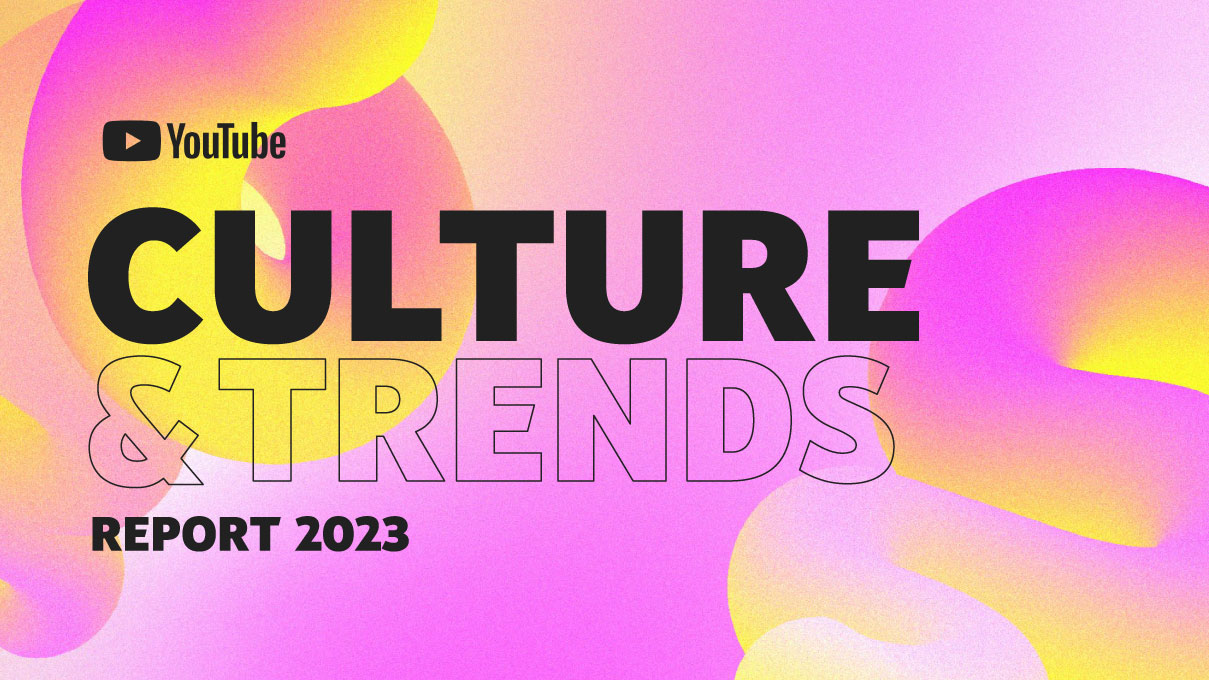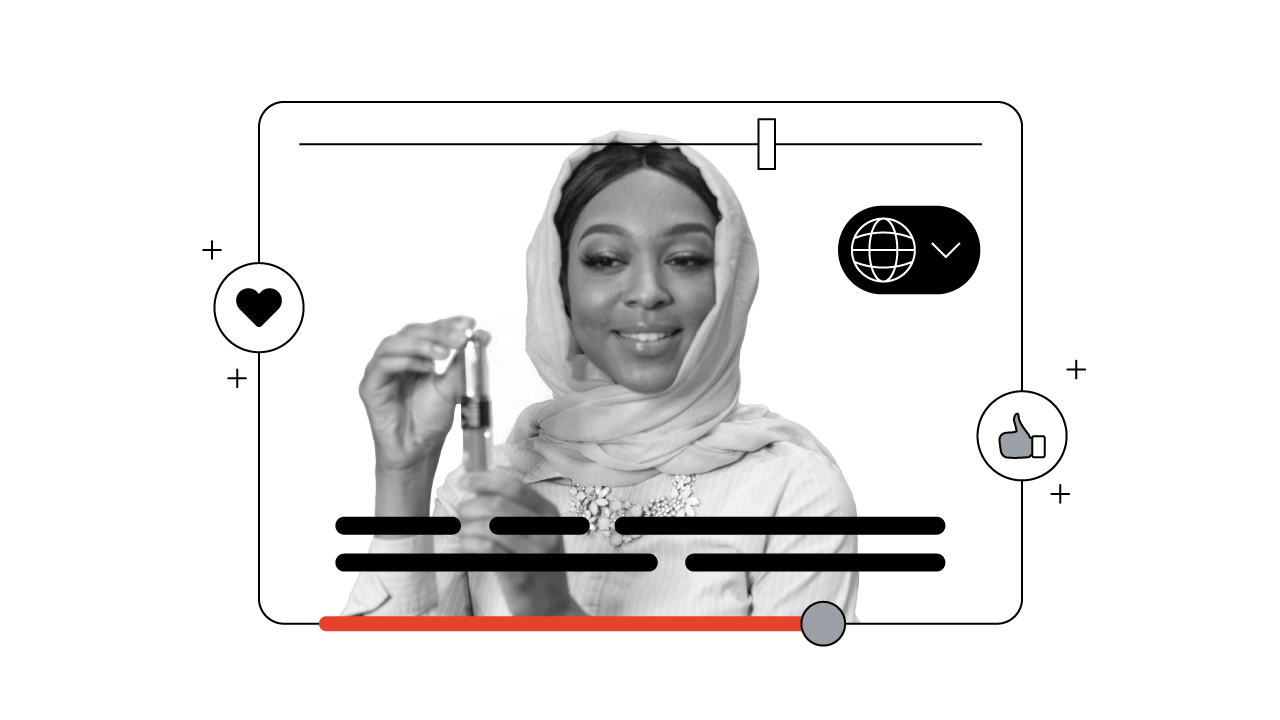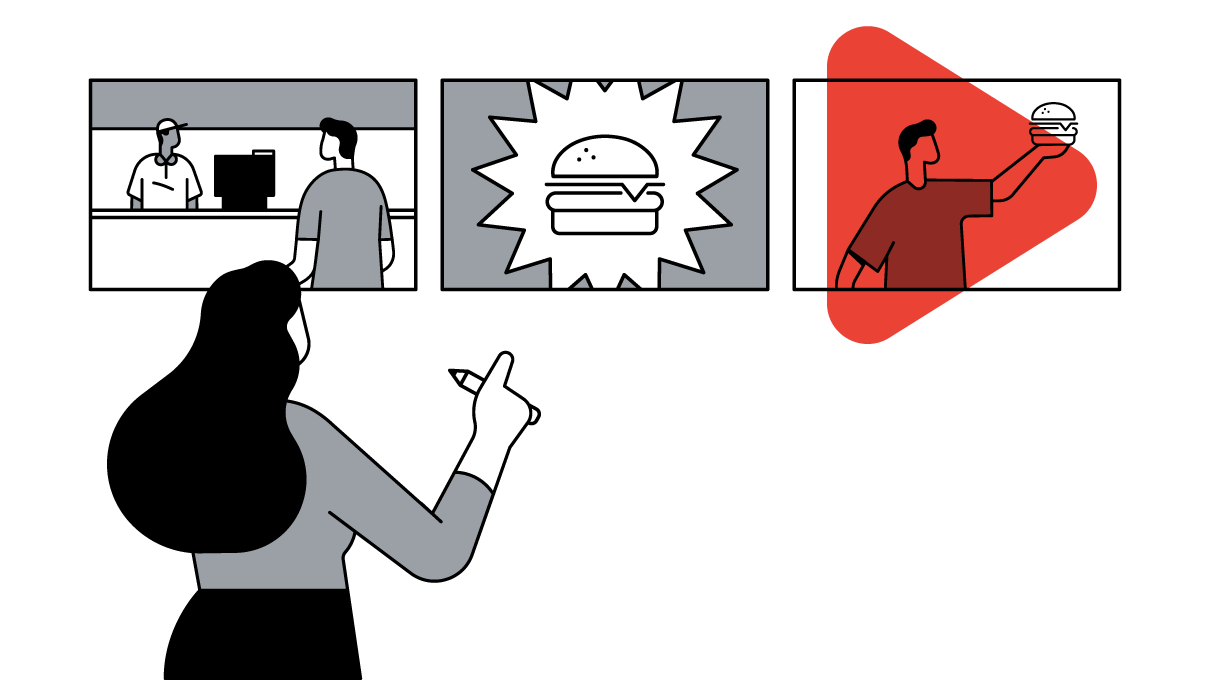Mailine Swildens leads Google’s Creative Works team in Europe, the Middle East, and Africa. Her work helps brands drive better business results with more engaging and effective creative.

Admit it. You’ve probably watched a wholesome video at some point in the last few days.
Those videos will have drawn a smile - or even a tear - out of you: Stories of families escaping the chaotic city to live off the land in a woodland oasis. Tales of people rescuing a stranger and changing their life in the process. Or a baby’s emotional reaction to hearing its mother’s voice for the first time after getting a hearing aid.
Wholesomeness is fully embedded in popular culture right now, with numerous popular social media accounts sharing content that gives people the so-called ‘warm, fuzzy feeling’. For example, video channel Twisted, who simply cooks meals with his cats, has 5.3 million subscribers.
So why is ‘wholesome’ in vogue right now?
Why viewers seek out wholesome content
When there is so much happening politically, ecologically and economically around the world, sometimes highlighting the little things make all the difference. A recent international study by Kantar found that seven in ten people say they try to be optimistic despite the ongoing global economic uncertainty.
“People specifically seek out content for self-care, to help regulate their mood,” says Earnest Pettie, a YouTube specialist in culture and trends.
Nancy Puccinelli is a professor of marketing at the University of Bath and a fellow at the University of Oxford. She explains that this mood regulation is a form of escapism for many: “I’ll keep up to date with the top news stories - as dark as they are, I force myself to look at them because it's the stuff you need to know.
“But I generally find is that as I'm trying to relax in the evening, I’ll get sucked into a Google feed that will tell me about how to repurpose my coffee grounds to fertilise my lawn and how a new restaurant is opening nearby. The stories may not be ‘important’, but nonetheless I find I prefer this light, feel good content.”
Professor Amitav Chakravarti, a professor of marketing at the London School of Economics, explains: “People feel calmer, more relaxed, and even more generous and altruistic when they connect to wholesome content.”
When watching feel-good, wholesome content, the body releases dopamine, the chemical responsible for motivation, satisfaction and pleasure. Humans are hard-wired to seek out positive experiences as dopamine helps to control memory, sleep, and concentration.
Chakravarti, who specialises in consumer psychology, says that people’s desire for wholesome content can be put down to the human desire for affiliation with others, which wholesome content can often provide by way of human connection.
And brands are tapping into this feel-good factor to bring out their customers’ generosity by incorporating wholesomeness into their latest marketing campaigns.
British chocolatier Cadbury’s feel-good Worldwide Hide campaign was built around their customers’ altruism, inviting them to ‘hide’ an Easter Egg for a loved one digitally on Google Maps.
Cat food brand Sheba used an emotive ad campaign which focused on saving a coral reef. It featured emotive images of sealife, harnessing YouTube monetisation to increase views and direct proceeds to saving the reef.
Puccinelli, who is also a co-director at Bath Retail Hub, explains: “I do a lot of research on consumer mood and emotion. In television advertising in particular, for the most part, 90-95% is still positive, upbeat advertising.
“The basic premise is that if the ad makes people feel good, their attitudes towards nearly anything you show them will go up considerably. And there’s also a significant knock on effect on behaviour - all other things being equal, if a brand makes me feel good, I’m going to be inclined to buy that brand.”
Why brands harness wholesome content
Brands are harnessing this type of content to tap into the next generation of consumers. Wholesome content is popular among Gen Z. A 2022 Ipsos survey found that Gen Z love to watch soothing video content, such as ASMR content (aka whisper videos), animal live streams, or nostalgia videos to help them relax.
Secondly, it can be an effective way to market more functional products. UK bank Halifax recently ran a campaign featuring various local family scenes to promote financial products and services. The advert focuses on wholesome human connections and ordinary activities.
How marketers can use wholesome content in their marketing campaigns
Like popular creators, marketers can tap into certain elements to bring wholesomeness into their content. But marketers shouldn’t overthink their narratives. Chakravarti explains: “What sticks in people’s memories are things that are simple, unexpected, and emotional, rather than making it humourous, for example.”
Says Puccinelli: “Some of the most memorable ads, no one can remember what the product was. Good advertising doesn't necessarily sell product.”
Pettie says personal stories, or stories which show someone helping a person (or animal) in need, for instance, also engage viewers. He explains: “The narrative that pulls at the viewer’s heartstrings will often have an altruistic element. The charitable aspect of MrBeast's content, for instance, is a large part of why the channel is so popular.”
Another element to consider is the content’s aesthetics. Pettie explains: "Wholesome content doesn’t need to have a clear narrative. We seek out soothing content, videos of people deep cleaning objects, or videos of a simpler life connected to nature. It’s escapism that is oddly satisfying.”
Soothing content helps people make sense of uncertainty around them, allowing people to seek an escape or a distraction from stress in their lives, or the wider world, such as the popular series of Bob Ross painting videos. The Oddly Satsifying YouTube channel has more than two million subscribers.
But perhaps the most important factor in creating effective wholesome marketing? Being authentic, says Chakravarti.
He says: “The line between authenticity and a convoluted idea can be crossed very easily. One example is when a brand created an ad where a high-profile celebrity used their product as a way to ease tensions during protests. The idea was to try and create a dialogue, but it ended up being cringey and fake — the opposite of authenticity.”
Authenticity is the holy grail for marketers, says Puccinelli. She explains: “Customers generally have grown so skeptical that it's more and more difficult to be seen as authentic — whether that’s through perceptions of not being environmentally conscious or attempting to pull at the heartstrings in a cynical, profit-driven way.
“For instance, creators have in the past fallen out of grace with their loyal fanbase because they have been seen as profit-orientated.”
Brands looking to incorporate wholesomeness into their marketing can help their customers feel good about themselves, the brand, and the wider world. And, in turn, that’s something for marketers to feel good about too.






